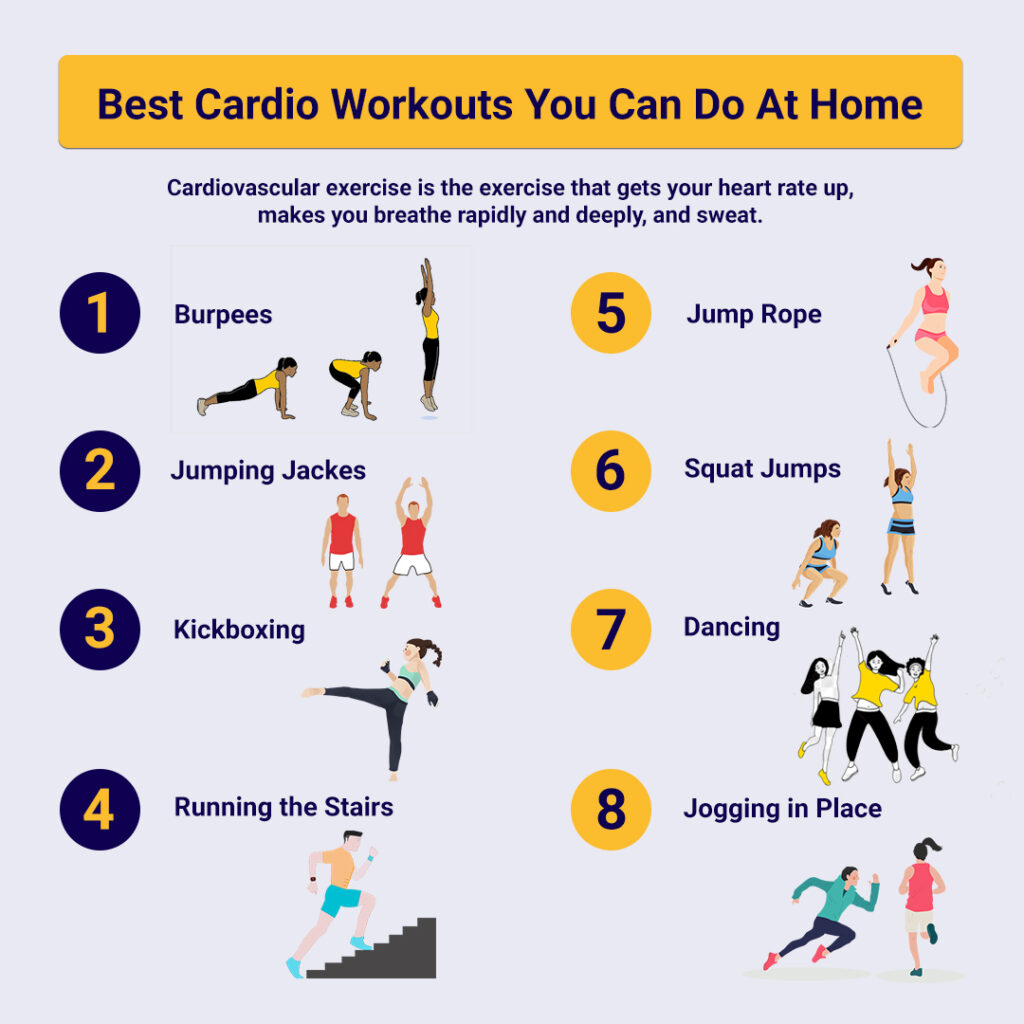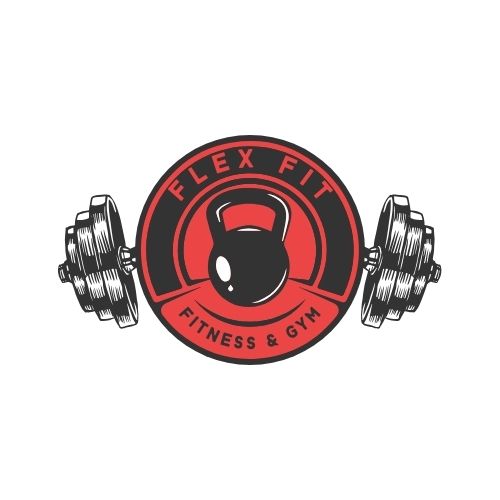Cardiovascular Training: Benefits, Types, and Complete Guide for Fitness

When it comes to fitness and overall health, few things are as effective and essential as cardiovascular training. Whether your goal is weight loss, boosting endurance, or improving heart health, incorporating cardio exercises into your workout routine can transform your fitness journey.
In this comprehensive guide, we’ll explore what cardiovascular training is, its numerous benefits, the best types of cardio workouts, and tips for building a sustainable routine.
What is Cardiovascular Training?
Cardiovascular training, often called cardio, refers to any form of exercise that raises your heart rate, improves oxygen circulation, and strengthens your cardiovascular system. These workouts typically involve large muscle groups in repetitive, rhythmic movements that elevate breathing and heart rate for an extended period.
Common examples include:
- • Running or jogging
- • Cycling
- • Swimming
- • Rowing
- • Jump rope
- • Aerobic classes
- • Brisk walking
Cardio can be performed at different intensities, ranging from low-intensity steady state (LISS) to high-intensity interval training (HIIT).
Benefits of Cardiovascular Training
Improves Heart Health
Cardio strengthens the heart muscle, making it more efficient at pumping blood. This lowers the risk of heart disease, high blood pressure, and stroke.
Supports Weight Loss and Fat Burn
When paired with a healthy diet, cardio is one of the best ways to create a calorie deficit, which helps with weight loss. HIIT cardio, in particular, boosts metabolism even after the workout is over.
Increases Endurance and Stamina
Cardio improves your lung capacity and muscular endurance, allowing you to perform daily activities or sports with less fatigue.
Enhances Mental Health
Aerobic exercise triggers the release of endorphins, which reduce stress, anxiety, and symptoms of depression. Regular cardio also supports better sleep quality.
Boosts Immune System
Consistent cardio helps regulate blood sugar levels, reduces inflammation, and improves circulation—all contributing to a stronger immune system.
Promotes Longevity
Research consistently shows that people who engage in regular cardiovascular training live longer, healthier lives.
Types of Cardiovascular Training
There isn’t a one-size-fits-all cardio approach. Depending on your goals and preferences, you can choose from various forms:
Low-Intensity Steady-State (LISS) Cardio
• Examples: brisk walking, light cycling, steady swimming
• Benefits: Beginner-friendly, less strain on joints, great for recovery days
• Duration: 30–60 minutes
High-Intensity Interval Training (HIIT)
• Short bursts of maximum effort followed by rest or low activity
• Examples: sprint intervals, circuit workouts, Tabata training
• Benefits: Burns more calories in less time, improves metabolic rate
• Duration: 15–30 minutes
Moderate-Intensity Continuous Training (MICT)
• Steady exercises at a moderate pace
Examples: jogging, rowing, cycling at a moderate speed
• Benefits: Great for building endurance and cardiovascular health
• Duration: 20–45 minutes
Circuit Training
• Combines cardio and strength exercises in sequence
• Example: jump squats, push-ups, burpees, kettlebell swings
• Benefits: Time-efficient, builds strength and cardio endurance together
Sports and Recreational Activities
• Basketball, soccer, tennis, dancing
• Benefits: Fun, social, and keeps you motivated while improving fitness
How Much Cardio Should You Do?
The American Heart Association recommends:
• 150 minutes of moderate-intensity cardio per week
OR• 75 minutes of vigorous-intensity cardio per week
This can be broken down into 30 minutes a day, 5 days a week. For weight loss or advanced fitness goals, you may need to increase the frequency or intensity.
Best Cardiovascular Exercises to Try
- Running or Jogging – Excellent for burning calories and building endurance.
- Cycling – Great for strengthening legs and low-impact on joints.
- Swimming – Full-body workout that’s joint-friendly.
- Jump Rope – High-calorie burn, improves coordination and agility.
- Rowing – Builds both cardio endurance and muscle strength.
- Stair Climbing – Targets legs and glutes while boosting cardiovascular health.
- HIIT Circuits – Combines strength and cardio for maximum results.
Tips for Effective Cardiovascular Training
- • Start slow: If you’re new to cardio, begin with low to moderate intensity.
- • Mix it up: Combine LISS, HIIT, and recreational activities to avoid boredom.
- • Warm up and cool down: Prepare your muscles and prevent injury.
- • Track progress: Use a fitness tracker or heart rate monitor.
- • Stay consistent: Regular workouts are more effective than occasional intense sessions.
- • Pair with strength training: Combining cardio with weightlifting maximizes fat loss and muscle preservation.
Nutrition and Recovery for Cardio Training
Pre-Workout Fuel
Carbohydrate-rich foods (oats, bananas, brown rice) for energy.
Stay hydrated before and during training.
Post-Workout Recovery
Protein + carbs (chicken with rice, protein shake with fruit) to repair muscles and replenish glycogen.
Stretching and proper rest to enhance recovery.
Common Myths About Cardiovascular Training
Myth 1: Cardio is the only way to lose weight
Strength training combined with cardio is more effective for long-term fat loss.Myth 2: More cardio means better results
Excessive cardio can lead to muscle loss and fatigue. Balance is key.Myth 3: Cardio ruins muscle gains
Properly programmed cardio complements strength training and does not hinder muscle growth.
Frequently Asked Questions (FAQ)
Q1: Is 30 minutes of cardio a day enough?
Yes, 30 minutes of moderate-intensity cardio most days of the week is sufficient for overall health and weight management.
Q2: Which cardio burns the most calories?
High-intensity exercises like running, jump rope, and HIIT burn the most calories in a short amount of time.
Q3: Should I do cardio before or after weights?
It depends on your goals. For fat loss, either order works. For muscle gain, strength training first is recommended.
Q4: Can I do cardio every day?
Yes, as long as you vary intensity and allow recovery. Mix low-intensity sessions with high-intensity workouts.
Q5: Is cardio better than strength training?
Neither is “better.” A balanced fitness routine should include both cardio and strength training for maximum health benefits.
Final Thoughts
Cardiovascular training is not just about burning calories—it’s a cornerstone of overall health. From improving heart and lung function to reducing stress and enhancing longevity, cardio should be part of everyone’s fitness routine.
By choosing the right type of cardio, mixing intensities, and staying consistent, you can unlock its full potential and enjoy a healthier, fitter, and more energetic lifestyle.

